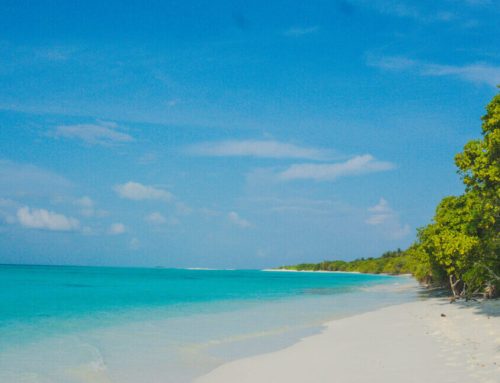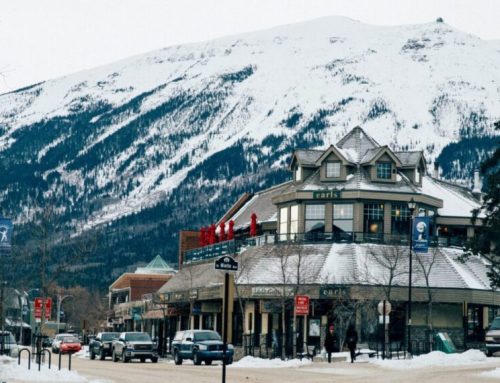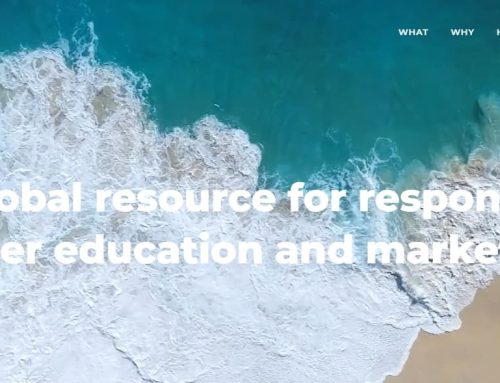Destination Stewardship Report – Spring 2023 (Volume 3, Issue 3)
This post is from the Destination Stewardship Report (Spring 2023, Volume 3, Issue 3), a publication that provides practical information and insights useful to anyone whose work or interests involve improving destination stewardship in a post-pandemic world.
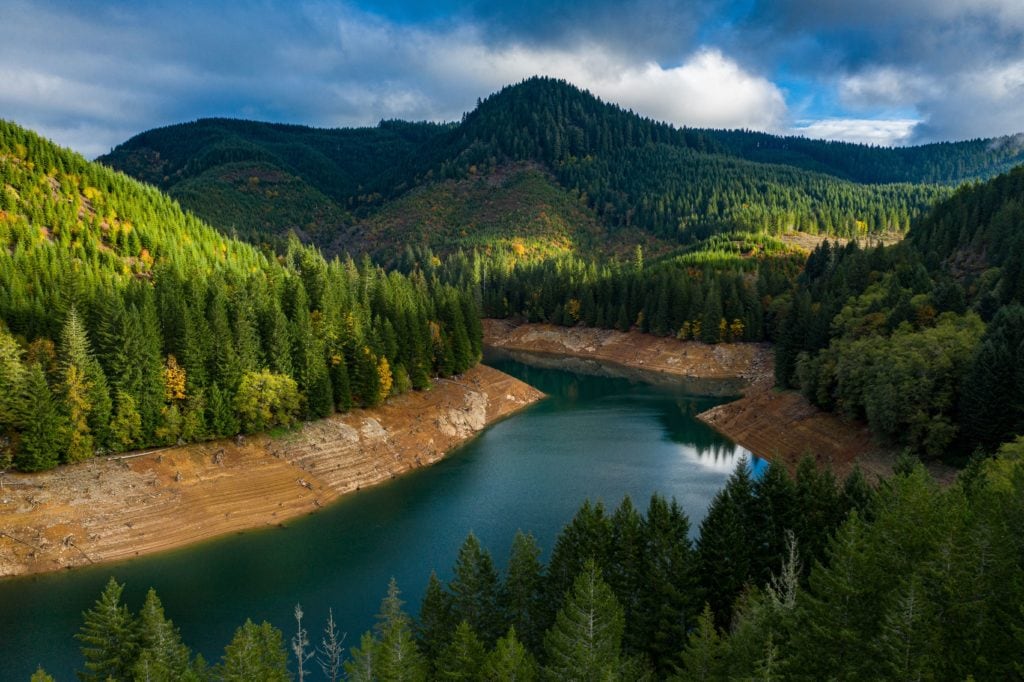
The Foster Lake Reservoir and its outlets provide stunning views. [Photo courtesy of Rebecca Barnhart]
A Vision of Sustainability for the Willamette Valley
Overcoming community divides and pandemic challenges, the Willamette Valley Visitor Association has been working to change the conversation, rebuild trust, and spark connections within their community. The Willamette Valley Visitor Association talks more about its work, including the barriers they’ve faced and how they’re working to overcome them.
The Willamette Valley is a vast and bountiful landscape sandwiched between the Cascade and the Coastal mountains in northwestern Oregon, USA. Stretching nearly 150 miles long and 60 miles wide, the Willamette Valley offers an abundant agricultural scene, including a world-famous wine country. Hiking, cycling, and adventuring of all kinds are available to visitors, and the Willamette Valley is home to the first nationally recognized water trails in the northwest. Fed by mountain tributaries south of Eugene, the Willamette River flows northward for nearly 200 miles before emptying into the Columbia River near Portland.
Nearby communities, ranging from quaint and sleepy towns to large, diverse cities, rely on the river and the local environment to produce its unique and authentic experiences that draw tourists to explore and enjoy. And, just as important, its environment relies on all its communities to protect and nurture its bounty and diversity.
That is why the Willamette Valley Visitors Association (WVVA) and its Executive Director, Dawnielle Tehama, have developed a mission to raise awareness for the Willamette Valley as a premier destination for travel and tourism through a regenerative and sustainable lens. Tehama’s motivation for regenerative practices includes sustainability and stewardship.
Together with its partners, WVVA is making strides to develop programs and resources to make regenerative and sustainable practices part of the culture. By working together, communities and visitors can keep natural resources abundant through everyday practices.
The Willamette Valley Visitors Association is proud to be an early adopter of the Transformational Travel Council (TTC), joining globally recognized change-makers and conscious travel experts to commit to offering transformational experiences. The TTC believes meaningful travel starts from the inside out. The visionaries at the TTC are working to deepen connections to discover meaning through travel experiences to foster personal fulfillment through compassion, stewardship, equality, and belonging. In partnership with the TTC and other partners, WVVA is creating a wealth of resources for frontline staff to bring this vision to life throughout the Valley. The culmination of this program will be the Regenerative Places Program and result in a white paper that will guide the Valley for the foreseeable future in regenerative and community work.
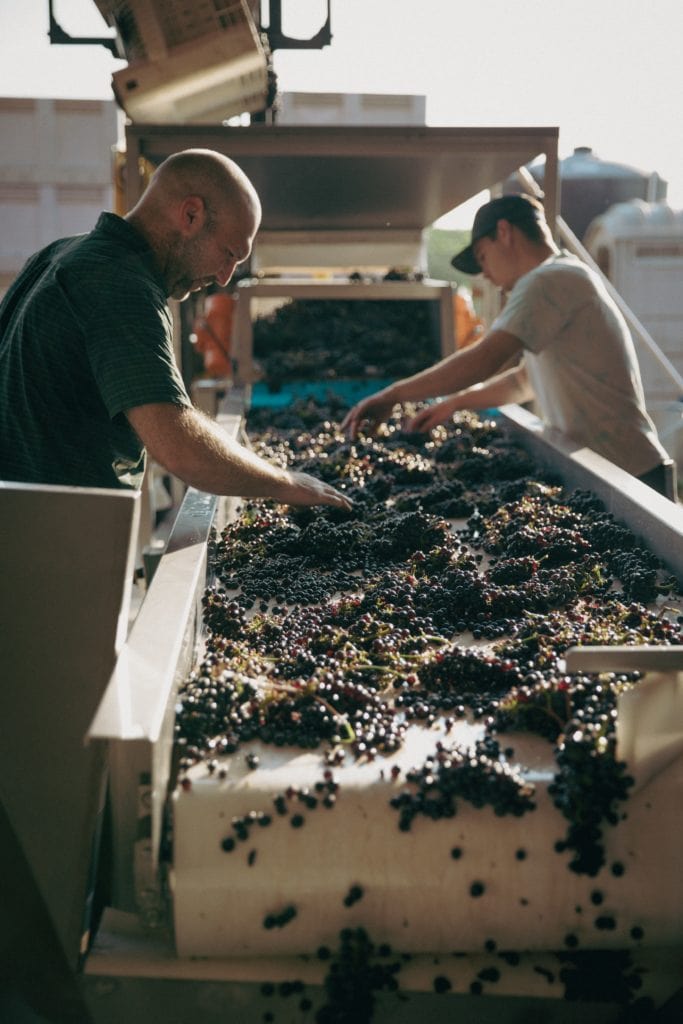
Winemakers harvest their grapes at Durant Vineyards in Dayton, OR. [Photo courtesy of Rebecca Barnhart]
In addressing those barriers, Tehama says WVVA brought disparate community members together: “If we can make initial connections, like introducing organic farmers with restaurants and lodging properties who want to use their products,” says Tehama. “Eventually they can see the value of these relationships and make connections and changes on their own.”
Through requests for Tribal meetings, in-person discussions, and outreach to various partners and communities, WWVA collected the stories of history, hardship, and future goals from those that wanted to share. We made it clear that as the holders of this knowledge, they owned these stories, and we were grateful to be able to learn. In addition, we also began to look at advocacy efforts for our farm workers, and focused on shining a light on contributions our LGBTQ+, Hispanic, Black, and Indigenous neighbors have had on the Valley.
Part of the conversation, Tehama says, is also about convincing business owners that it can be profitable and showing visitors how to connect with destinations on a long-lasting level.“If WVVA can convene those conversations and grow the community, we can reach the ultimate goal: bringing a quality, qualified visitor to a business or region who wants to give back, spend money, and be enriched in some way.”
Some deep set attitudes, including people still not understanding what sustainable and regenerative tourism and what real stewardship is, were also challenging.“There can be an attitude of, ‘this is the way we’ve always done it, so this is the way it should be’,” Tehama says, “without understanding the long-term, irreparable damages if we don’t make changes on an environmental level.”
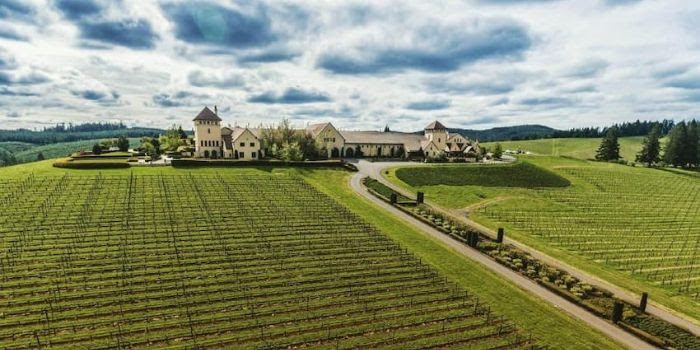
The King Estate Winery outside Eugene, OR. [Photo courtesy of Rebecca Barnhart]
They focused on nurturing communities from a business perspective to ensure they’re viable, thriving, self-sustaining. In addition, they also focused on the diversity and inclusion of communities: finding more clarity and a better understanding of who lives here, what the history is and ensuring various community members feel like they have a seat at the table.
“If we don’t know who we are and the diversity of our programming, our communities, and our valley,” says Tehama, “and if we’re not being inclusive of those storytellers and community members and generations of people, then we shouldn’t be doing what we do.”
The diversity and inclusion of WVVA’s corporate policies and procedures are driven by the diversity of their staff, and the diversity and inclusion of their communities.
WVVA’s Regenerative Places program in partnership with the Transformational Travel Council will wrap up in late 2023 and offer new pillars of project work that can be implemented valley-wide. Their destination development pieces are changing from typical grant funding to a more collaborative process where facilitating conversations and ensuring sustainability are incorporated helping connect tourism to a real place.
Whatever happens as part of that process, Tehama and her team will ensure it has a community-centric focus moving forward and they are nurturing connections and facilitating conversations to address ongoing and future challenges so that their tourism industry can improve the lives of everyone it touches.


